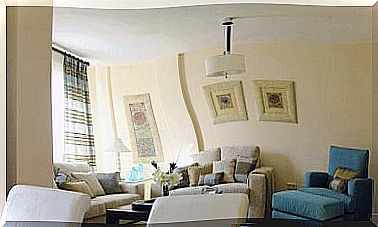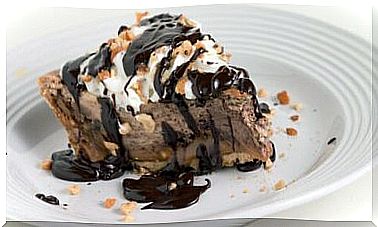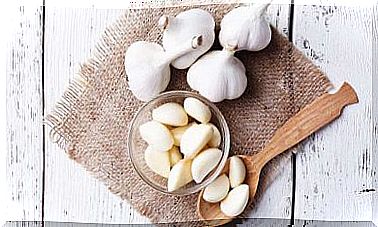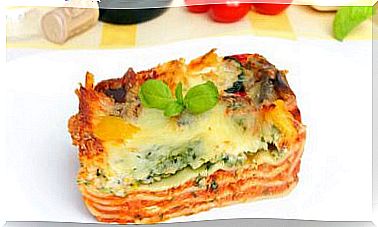Japanese Technique To Eliminate Stress
There are several methods to manage stress, that common enemy in everyday life. One of them is the so-called Japanese technique, whose approach is based on acupressure, a well-known and increasingly widespread technique worldwide.
Acupressure is part of traditional Chinese medicine. It is essentially a very simple exercise that uses the hands or fingers to exert moderate and specific pressure on various areas of the palm of the hand, on the sole of the foot and even on the pinna.
It is easy to learn and we can use it at any time. It also has a scientific basis and a remarkable effectiveness, therefore it is always a good time to put into practice new mechanisms to deal with the effects of moderate stress.
However, and in case we perceive that our stress states are maintained over time, we should consult with a specialized professional.
What science tells us about the Japanese method of reducing stress
Exhaustion and fatigue, added to obligations and burdens, form a detrimental combination for our health. It seems that stress is something common and not so, health and tranquility.
In those moments when things at work or at home have become complicated, we advise you to carry out the so-called Japanese technique.
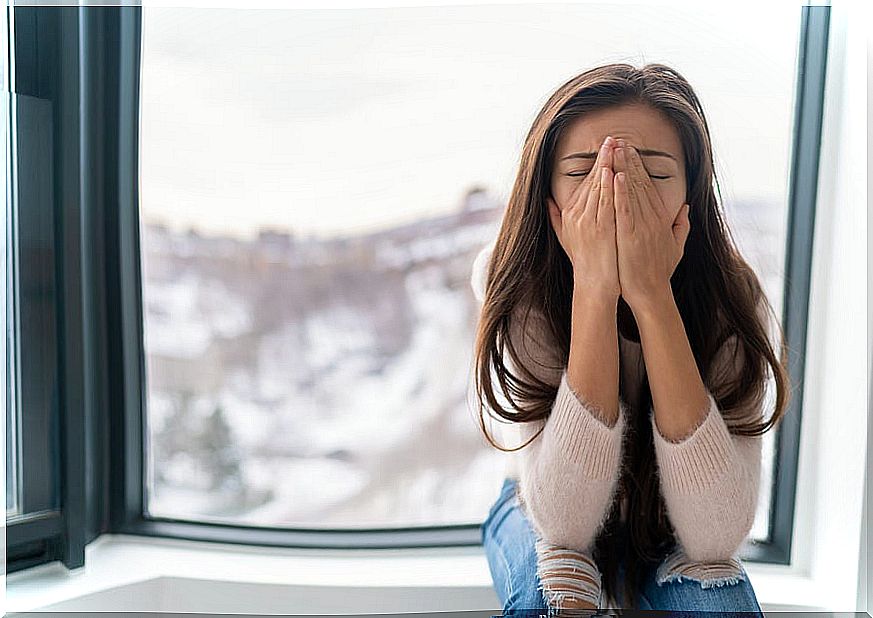
According to a study conducted at the Kaiser Medical Center in Santa Rosa, California, this technique is helpful in obtaining relief.
- At the hospital, the nurses were trained in this technique, which in turn is included in what is known as: Jin Shin Jyutsu.
- The Jin Shin Jyutsu was intended to reduce stress in patients admitted to the hospital.
- The training course consisted of three two-hour sessions, where the nurses learned to apply acupressure to different parts of the patients’ bodies, especially the hands.
- The results were significant: the people admitted felt more relaxed.
The theory and practice indicate that the Japanese technique to combat specific or moderate stress is effective.
How to carry out the Japanese technique to eliminate stress?
The Japanese technique for de-stressing can be used in a number of ways. Let’s see some exercises below. Take note!
Pressure on emotions technique
According to beliefs, by pressing on certain points of the hand it is possible to work on emotions and alleviate states of tension. Specifically, what is often said is that each finger allows you to work:
- Thumb: worries, nerves and stress.
- Index: fears.
- Major: anger, anger and rage.
- Cancel: depression, sadness and lack of decision.
- Little finger: pessimism, lack of energy and anxiety.
In other words, traditional Chinese medicine indicates that the hands are connected to the brain. Therefore, by pressing on the different points of the hand, you can work on emotions and relieve emotional tension.
To be able to carry out a first exercise, we must close the left fist by wrapping one of the fingers of the right hand in it.
Next, we would exert pressure only with the specific finger of the ailment or problem. If it’s stress, then the thumb is the one. Hold the position for about 30 seconds, rest another 30 and start over as many times as you want or can.
Press your fingers and improve your life
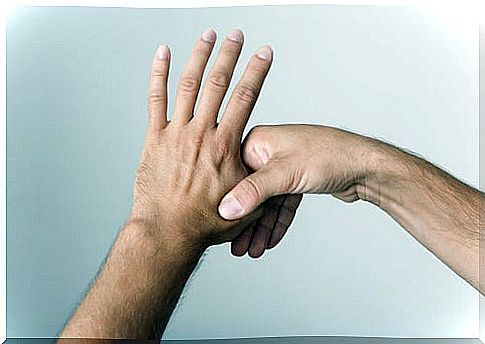
Another option to work the emotions through the fingers is based on a Japanese art previously mentioned, the Jin Shin Jyutsu (whose translation would be something like: “art of happiness”).
- Points of the hand should be massaged according to what happens to us. The thumb is worries, the index finger is fear, the greatest is anger, the ring finger is sadness, and the little finger is pretense.
- Open one of your hands and pay attention to the finger that matches your situation.
- Press on both phalanges for a few minutes using the thumb and forefinger of the other hand or with a closed fist so that the finger in question is “locked”. Once you’re done, switch hands and repeat the exercise.
These techniques not only help us in cases of stress or emotional problems, but also to alleviate physical ailments. In that case, we explain what each finger “serves” for:
- Thumb: stomach and spleen, headaches or stomach aches and skin problems.
- Index: kidneys and bladder, muscle aches and digestive problems.
- Major: gallbladder and liver, menstrual or headache pain, visual or blood problems, and fatigue.
- Void: colon and lungs, indigestion, respiratory problems (especially asthma).
- Little finger: heart and intestine, bone problems.
More oriental techniques to combat stress
It seems that Asians are experts in achieving a “zen” state of tranquility and good humor. For this reason, most of the exercises or methods that are recommended come from this continent.
In addition to taking advantage of the benefits of the finger technique, if you have a significant degree of stress, we recommend that you choose from the following:
Yoga
The first traces of the practice of this technique and philosophy of life date back to 3000 BC. C., according to paintings found in India. It is proclaimed for meditation and the possibility of uniting the body with the soul.
Throughout history, various branches of yoga have developed but they all have the same purpose: to achieve a balance between the physical and the spiritual.
Among the many benefits of yoga are: lose weight, eliminate pain (especially back), tone muscles, provide flexibility and combat depression and stress. Relaxation is achieved through various postures according to each person.
Forest bath

In order to put this technique known as Shinrin Yoku into practice, it is necessary to walk barefoot through the forest or, failing that, a park or a natural green space.
The idea is that by walking barefoot, connection with the earth becomes possible. This allows you to recharge energy, mitigate stress, improve mood, promote creativity and health.
It is necessary that you pay attention only to what surrounds you and do not look at your mobile or focus your attention on something other than nature.
If you do it in your home garden, you can walk while enjoying a rich tea or fruit juice while you walk. There you should not look at the mobile or any other device either. The idea is that you enjoy the moment with your five senses.
According to studies, this practice reduces blood pressure, cortisol (the stress hormone) and anxiety, while strengthening the immune system and stimulating cognitive functions.
Tai Chi
It is an oriental discipline that aims to find the perfect balance between body and mind using slow but vigorous movements. You’ve surely seen people practice it in a park; it is fun and for all ages.
It is a martial art, but also an activity to relax. Among its benefits we find stress reduction, physical incentive, elimination of body stiffness and fluidity of positive energy.
Shiatsu
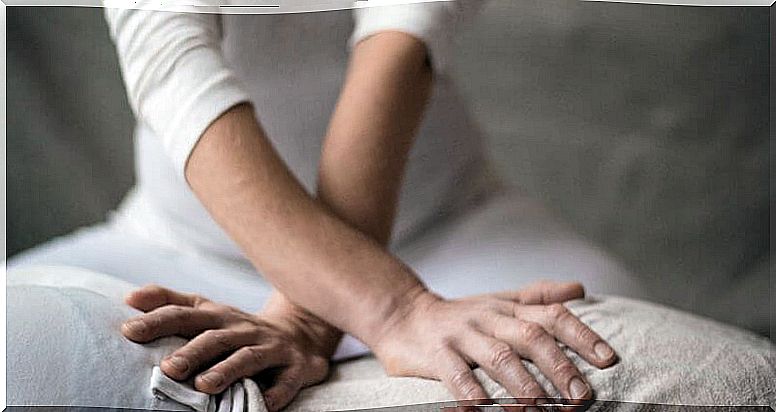
It is of Japanese origin and helps us relieve all kinds of discomforts caused by stress, such as stiff shoulders and back.
It is based on exerting pressure on various specific points of the body, each of them related to the nervous system and organs.
It reduces tensions and activates energy, but also eliminates toxins, regulates blood pressure and anxiety and removes sleep disorders.
Do-in
This practice was invented in China and aims to improve the quality of life in older people. It is based on a series of breathing exercises to reduce nerves, encourage balance and achieve serenity.
They also use it in offices at critical times. Among its advantages: it allows a conscious and adequate breathing, helps to meditate, strengthens muscles, restores sleep and eliminates tension or stress.
Aikido
It is also a martial art but, unlike karate or taekwondo , it encourages serenity of mind, rejects violence and respects other people.
The movements are circular and allow to improve the ability to concentrate while balancing the mind, eliminating stress and toning the muscles. The meaning of the word aikido means path of energy and harmony.
Psychological help should not be underestimated
When it comes to treating and managing conditions such as stress, depression and anxiety, we have various approaches and methods, such as the Japanese technique that we have mentioned here.
Keep in mind that, although it may contribute to relief, that does not mean that we should rely solely on it to feel better. We should never underestimate the guidance and help that a professional psychologist can provide.
The oriental practices reflected here can be of use to us, but always as a complement to a healthy lifestyle and adequate professional therapy.

